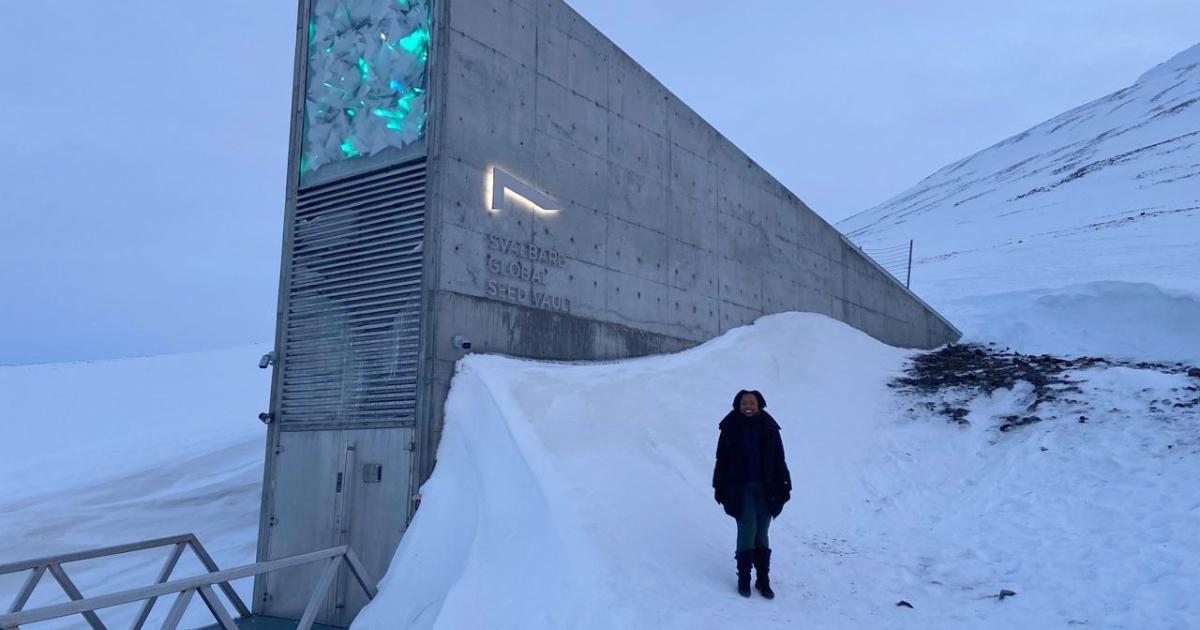Climate-related hazards can lead to disasters in communities with lower socioeconomic conditions, inadequate access to basic social and infrastructure services, and poor institutions. The impacts of Typhoon Haiyan that struck the Philippines in 2013 not only highlighted the exposure of several cities but also indicated the underlying causes of their social vulnerability to climate-related hazards. This study attempted to measure the social vulnerability of Tacloban City (eastern), Ormoc City (eastern), Palo (western) and Kananga (western) in Leyte province using a modified social vulnerability index (SoVI) which was computed from 35 sub-indicators. Results show that Palo obtained the highest overall SoVI, influenced heavily by very high flood susceptibility and high storm surge susceptibility, low level of information and awareness, lack of disaster risk reduction activities, and high level of livelihoods at risk. However, minimal differential vulnerability index among the study areas was observed suggesting that one is almost as vulnerable as the others. Furthermore, a relatively weak association was observed between the SoVI and the number of deaths from Typhoon Haiyan in all the study areas. Nevertheless, an increasing pattern of SoVI and the number of deaths from western to eastern municipalities was observed that could be explained by higher hazard exposure of the eastern municipalities. Adaptive capacity consistently scored the highest among the computed indicators of social vulnerability in all study sites, indicating the importance of prioritizing efforts on increasing adaptive capacity. Overall, the results demonstrate that SoVI allows for better understanding of vulnerability in terms of the study sites’ social conditions and situations. The results can facilitate informed vulnerability reduction decisions.
DOI:
https://doi.org/10.18783/cddj.v001.i01.a05
Altmetric score:
Dimensions Citation Count:
























